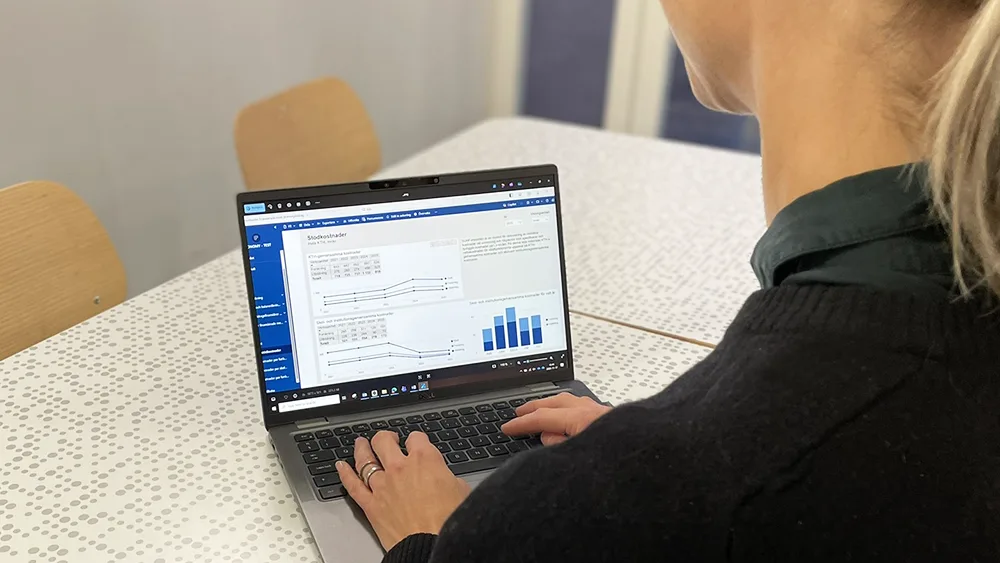New tool replaces VIS for easier and consistent analysis

VIS will soon be retired and replaced by a modern tool for data and decision support. With the new solution, the entire KTH community will have access to the same quality-assured information in one place – through an interface that is far more user-friendly than its predecessor.
What’s new?
Reports and analyses will now be created in Power BI, where you will find financial reports, education statistics and project data. Behind Power BI is Fabric, which gathers data from Agresso, Ladok and the HR system. Over time, more sources may be added, such as Canvas, NyA and sustainability data.
The new platform manages the entire chain – from raw data to finished reports – with high capacity and automatic updates.
When will the transition happen?
- Economists and controllers will get access first during the winter.
- 31 January 2026 is the last day to use VIS.
- From February 2026, financial and education reports will come in the new format.
- Work on a new project manager report will start in early 2026.
- Throughout 2026, more users will gradually gain access, new reports will be developed, and additional data sources will be added.
How does this affect you?
If you usually receive reports from VIS, you will instead get an email with a link to Power BI, where you can find all the cubes previously available in VIS. Choose which data to export and which reports to subscribe to. Over time, reports will evolve and include more data sources based on the needs of different operations.
As an economist or controller, you will be among the first to access the tool. Agresso will remain available if you prefer to go directly to the source, but remember that standard reports in the new tool reduce manual work and ensure everyone sees the same figures.
Training materials will be provided along the way.
What will improve?
- Everyone sees the same data and definitions.
- Quality-assured information.
- Standard reports that save time.
- Automatic updates and notifications.
- Reduced risk of errors by avoiding copy-paste in Excel.
Is it secure and reliable?
The data sources remain unchanged. During the autumn, the project Datastyrning carried out extensive testing with the finance department to ensure figures in VIS and the new platform match. Equivalent quality checks are being done for reports based on other core data.
Errors occur more often in the source systems than during transfer. The project has identified and corrected issues in systems such as Ladok in dialogue with the supplier. Therefore, data via Fabric and Power BI is as accurate as the source systems – and sometimes more reliable than before.
The project aligns with KTH’s work on information security. Implementation is gradual so that each report has clear governance and defined access levels.


